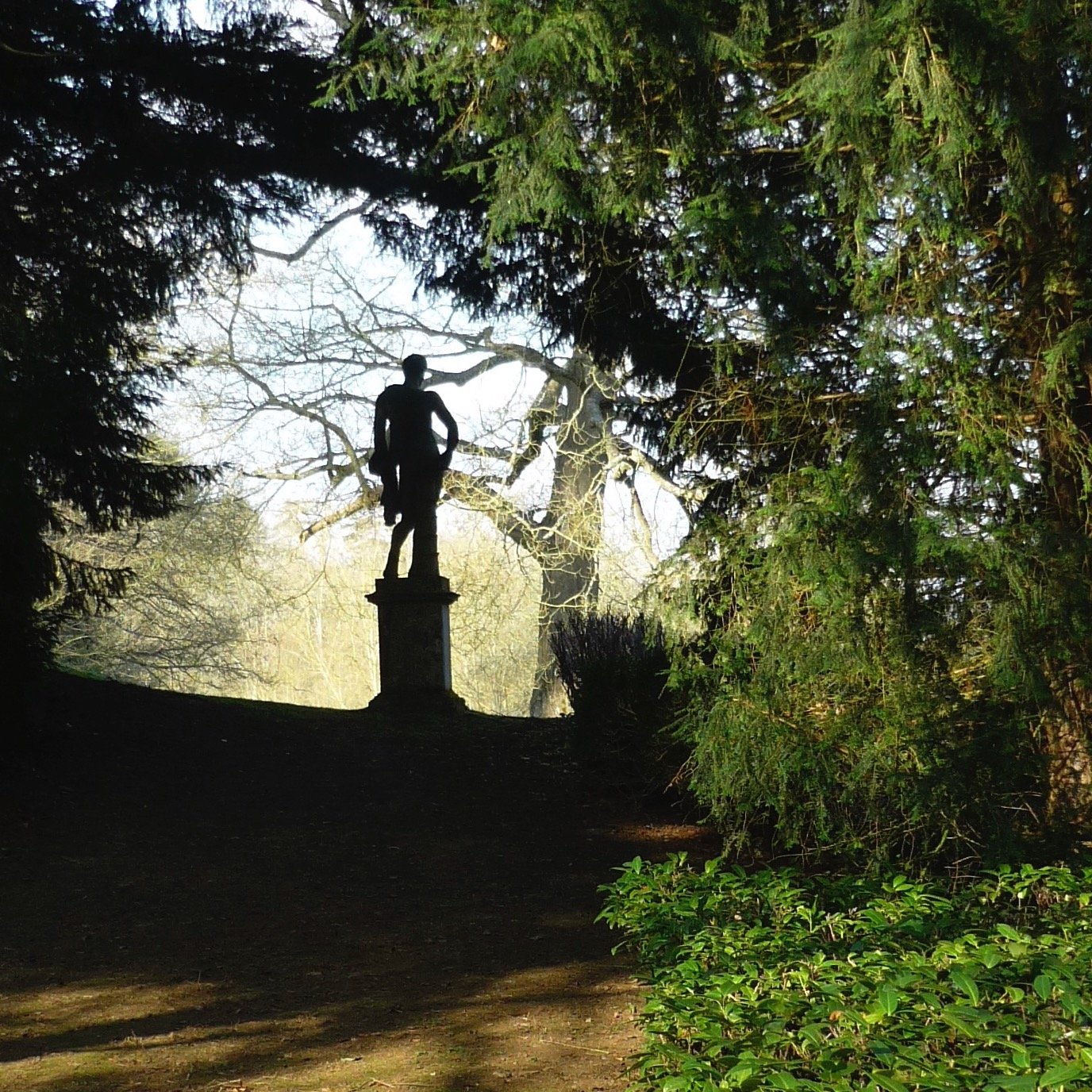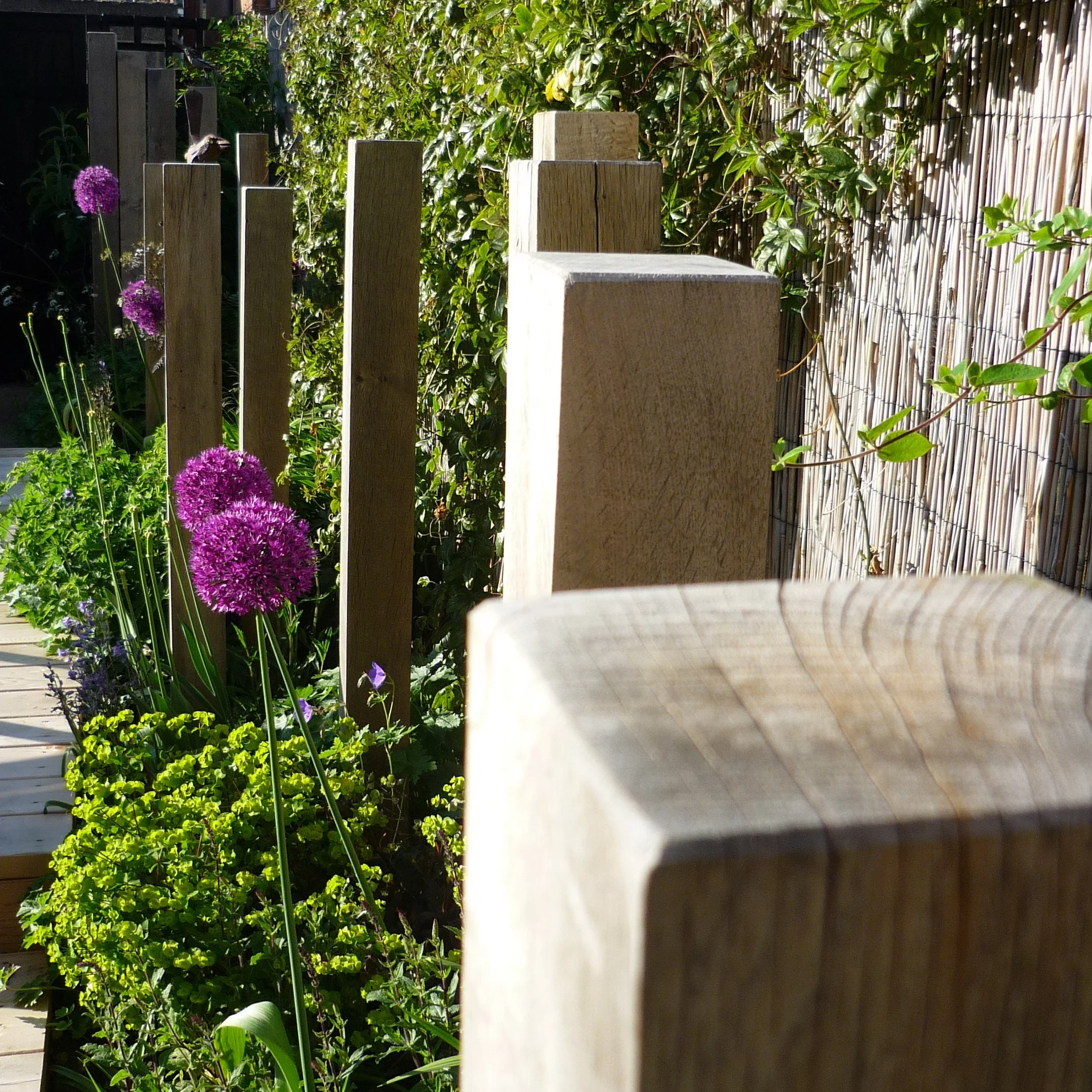The Expert Guide to beautifying your garden using sculptures, statues or ornaments
As with planting, the careful placement and installation of sculptures and garden ornaments can lift a garden to a different level if you get in right.
Sculpture in a garden usually creates a focal point and has been used in this way for thousands of years - for example the gardens of Emperor Hadrian’s villa in Tivoli, and more recently the vistas of English formal gardens. Additionally a well placed sculpture will enhance a view as well as drawing the eye in the direction the designer wishes to guide it. To do this a sculptural piece needs to work against the planting and the landscape and be carefully selected for its final position. This is all part and parcel of creating moods and atmospheres and a cleverly placed sculpture will evoke different feelings when viewed from a distance and when viewed close up.
What type of sculpture works best in the garden?
When it comes to what type of sculpture you should choose though that is very difficult to simply write a formula everyone to follow. It depends on the garden owner’s tastes, preferences and aspirations, it depends on the opportunities and limitations imposed by the landscape, and it depends on the interaction of the sculpture with the surrounding garden (amongst flowers (of an appropriate height so you can still see the sculpture), or a piece re-appearing when perennials die back and leaves fall to give character at the end of the year, or standing proud and alone for example).
Sometimes an area of garden immediately presents itself as being somewhere that would be enhanced by a sculpture (or a specimen tree perhaps), and other times the need to find space for a specific sculptural piece will help to define the design. Also a sculptural focal point may be used creatively when designing a space to draw the eye away from something else, defining directions and minimising the importance views that can’t be screened for example (views which then are behind the viewer admiring the sculpture).
Sculpture can be modern or traditional in character, figural or abstract, of people, animals or natural forms, and can range from expensive pieces of art in their own right to a simple weathered oak post. The key to selection is to get the context right though. Also important is to get the material right - be it polished metal, weathered steel, wirework, glass, wood, man-made materials, or stone for example. The material should say something about the garden or it should help to either enhance views of the piece or help it to blend into the landscape, to be viewed when it is reached when exploring the garden perhaps…(of course the practical side of me also knows that selecting a material that is maintainable, if that is what is required, and is also durable is important to take into account, depending on the tastes of the garden owner). You can spend eye-watering sums on a piece of sculpture (invariable the one you like will have a hefty price tag!) but a lot can also be achieved using natural pieces and found items - the important point is to get the context right whatever the ultimate cost may be.
For a sculpture to sit comfortably in the garden or landscape it should also be of an appropriate scale (remembering that, within reason, going larger tends to work best - even in a smaller space). How it sits can be determined by the importance that is attached to the idea of sculpture at the start of the project. If you define it in terms of an actual piece, or the scale of a piece to be selected in the future, it makes it possible to create the garden around it and to therefore enhance its stature within the surrounding space. We find that defining a sculpture to be present at conceptual design stages means that its final selection and positioning will work best.
Placing sculpture within a garden or the wider landscape
Then when the garden is almost completed it is then time to place the sculpture in situ. As alluded to above this may be in full view, along vistas, and positioned to draw the garden users attention - to the landscape beyond perhaps, to the next destination within the space, or perhaps to encourage the eyes to remain firmly within a defined area (such as on the terrace). Setting the sculpture on a plinth, or in its own dedicated empty space, will also help to create the right atmosphere for a focal point. (A large sculpture may also need specialist machinery to locate in its final position as well and so should be planned in from the beginning).
Alternatively a sculpture can be placed so that it becomes a found ‘jewel’ when exploring, not obvious throughout the space but instead forcing a pause when circulating through the garden. Usually low level and natural in character these pieces can bring a special joy.
Therefore whatever you chose and however it sits in your garden, a sculptural piece will be enhanced by the garden around it, and this is what we should seek to achieve when selecting and placing pieces of artwork outside.
Related Articles:
The Expert Guide to using planters and pots in the garden effectively




